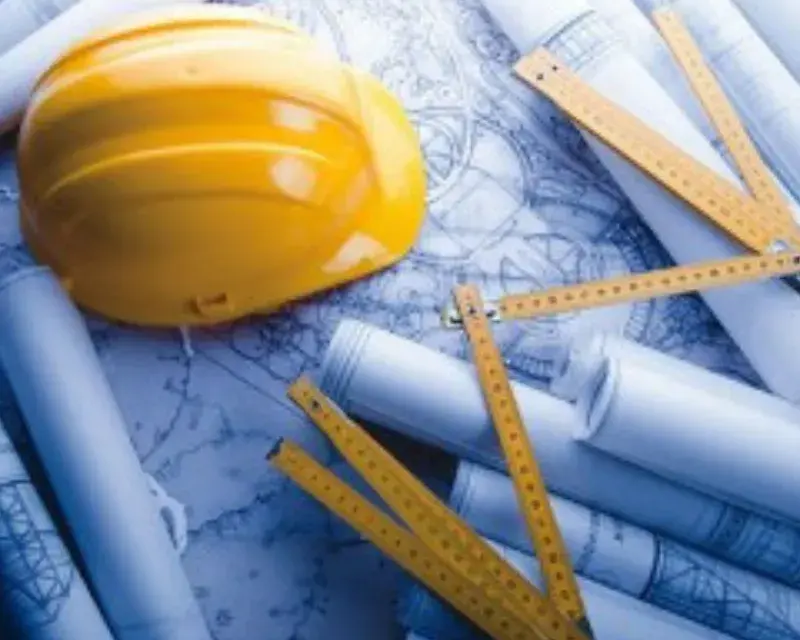The world of structural engineering is evolving rapidly, driven by new trends, technological advancements, and a growing focus on sustainability. In this article, we’ll explore the latest trends, challenges, and sustainable practices shaping the field of structural engineering, highlighting its transformative journey toward a greener and more resilient future.
Green Engineering Practices: Building Sustainability
With the rise of sustainable development, structural engineering is embracing green practices to minimize environmental impact. From energy-efficient designs to the use of recyclable materials, the industry is committed to reducing its carbon footprint and promoting eco-friendly construction methods. This includes passive design strategies, recyclable materials, and adherence to strict environmental standards, reflecting a dedication to sustainable development.
Digital Transformation: Embracing Technology
Digital tools like Building Information Modeling (BIM) and advanced simulation technologies are revolutionizing structural engineering. These tools enable precise visualization, accurate analysis, and streamlined project management, fostering collaboration and efficiency. They also facilitate innovative construction techniques, resulting in optimized designs and reduced material wastage, driving the industry towards greater precision and adaptability.
Resilience Engineering: Building for the Future
Resilience engineering focuses on designing structures that can withstand natural disasters and unforeseen challenges. By leveraging advanced modeling and simulation techniques, engineers assess vulnerability and fortify buildings against seismic events and climate-related risks. This holistic approach ensures safety and durability, incorporating principles like material durability and redundancy to safeguard against extreme events.
Prefabrication and Modular Construction: Enhancing Efficiency
Prefabrication and modular construction techniques are revolutionizing the industry, improving efficiency and quality control. Offsite fabrication of building modules reduces construction timelines, labor costs, and environmental disruptions. These practices promote resource optimization and sustainable materials integration, paving the way for faster project delivery and scalability.
Challenges in Structural Engineering: Adapting to Complexity
Despite its progress, structural engineering faces challenges like aging infrastructure and regulatory complexity. Engineers must balance preservation and modernization while navigating evolving regulations and compliance requirements. Meeting these challenges requires innovative solutions and a commitment to sustainable practices.
Conclusion: Building a Sustainable Future
In conclusion, structural engineering is undergoing a transformative journey toward sustainability, innovation, and resilience. By embracing green practices, leveraging technology, and addressing challenges, the industry is shaping a future of safe, durable, and environmentally responsible structures. As engineers continue to lead this journey, they’re paving the way for a built environment that’s both structurally sound and ecologically conscious, ensuring a sustainable legacy for generations to come.






